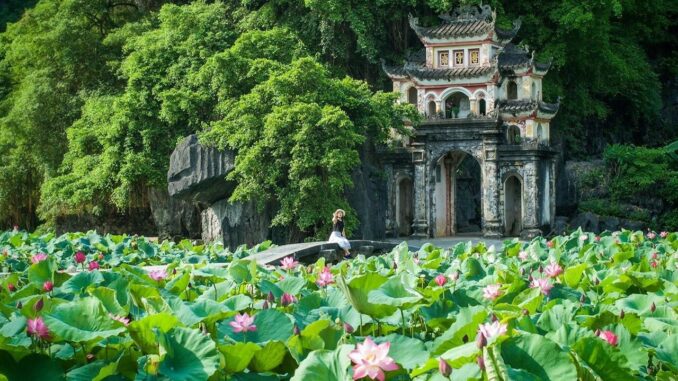
Nestled amidst the lush landscapes of northern Vietnam, Ninh Bình (Ninh Binh) stands as a captivating destination, a hidden gem that beckons travelers with its mesmerizing natural beauty, rich cultural heritage, and warm hospitality. Often overlooked amidst the allure of larger cities like Hanoi, Ninh Binh offers a unique blend of tranquility, adventure, and cultural immersion, making it an ideal escape for those seeking an authentic Vietnamese experience.
Location
Ninh Binh is located in the Red River Delta, which is the most populous region in Vietnam. The province is bordered by Hanoi to the north, Hoa Binh to the west, Nam Dinh to the east, and Thanh Hoa to the south.
Transportation
There are a number of ways to get to Ninh Binh from Hanoi. The most popular option is to take a bus. The journey takes about 2-3 hours. You can also take a train or taxi, but these options are more expensive.
Once in Ninh Binh, you can get around by taxi, motorbike, or bicycle. There are also a number of tour operators that offer day trips to the province’s most popular attractions.
Weather
Ninh Binh experiences a tropical monsoon climate characterized by distinct wet and dry seasons, with hot summers and cool winters. The wet season, typically from May to October, brings warm temperatures and abundant rainfall, while the dry season, spanning from November to April, offers cooler temperatures and less precipitation. The best time to visit Ninh Binh is during the spring (March to May) or fall (September to November) when the weather is mild.
Top destinations to explore
1. Tam Cốc (Tam Coc)
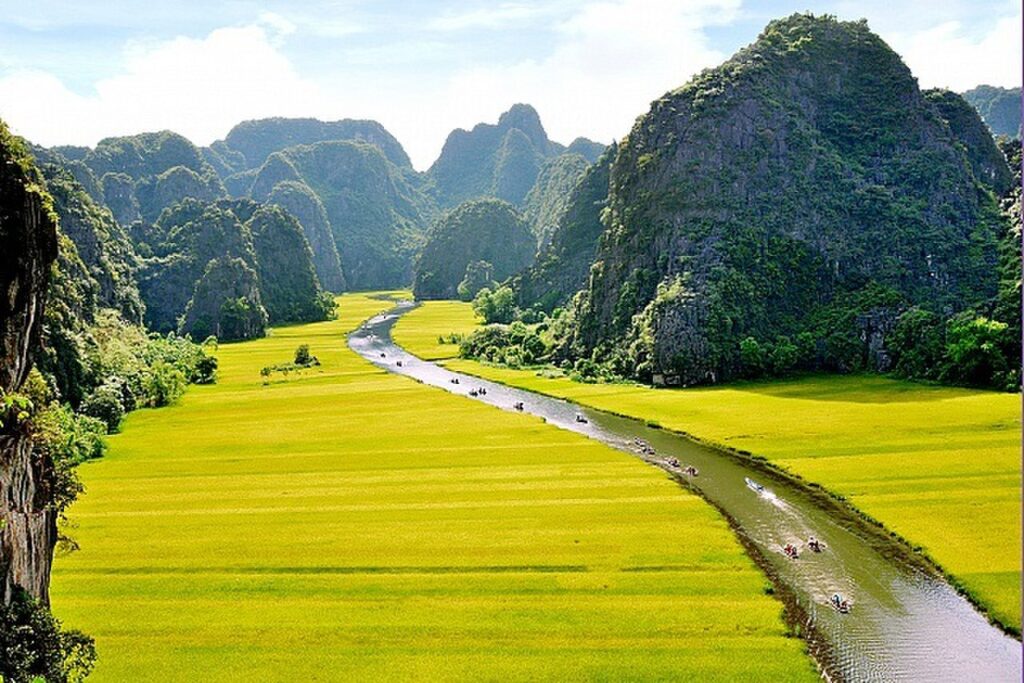
Tam Coc, meaning “three caves,” is a mesmerizing labyrinth of limestone karsts and waterways, offering scenic boat rides through cave grottoes and breathtaking views of the surrounding countryside.
You will marvel at the towering limestone karsts that rise majestically from the water’s edge, their verdant surfaces adorned with lush vegetation. Sunlight filters through the cave openings, creating a mesmerizing play of light and shadow that dances upon the water’s surface.
2. Quần thể danh thắng Tràng An (Trang An Landscape Complex)
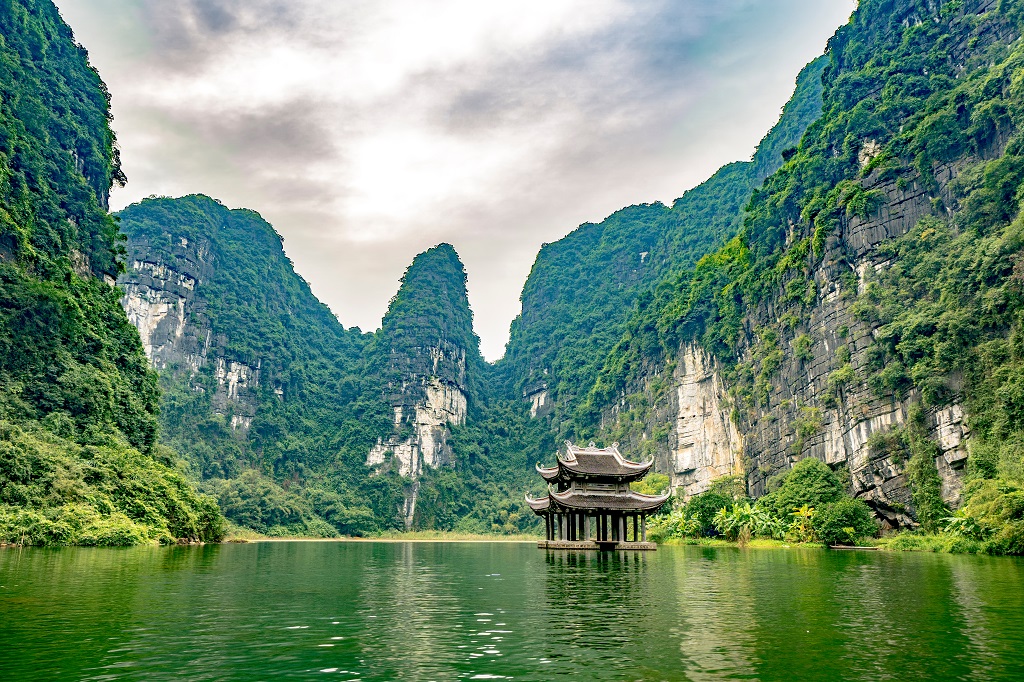
Nestled amidst the verdant landscapes of northern Vietnam, the Trang An Landscape Complex stands as a captivating UNESCO World Heritage Site, a mesmerizing labyrinth of limestone mountains, waterways, and caves. Often referred to as “Ha Long Bay on land,” Trang An offers a unique blend of natural beauty, cultural heritage, and tranquility, making it an ideal destination for those seeking an authentic Vietnamese adventure.
The Trang An Landscape Complex boasts a remarkable geological history, dating back over 250 million years. The area’s limestone formations, sculpted by time and water, have created a breathtaking terrain of karsts, peaks, and valleys. The complex encompasses over 3,000 hectares of protected land, including the Trang An Eco-Tourism Site, the Tam Coc-Bich Dong Landscape, and the Hoa Lu Special-Use Forest.
3. Cố đô Hoa Lư (Hoa Lu Ancient Capital)
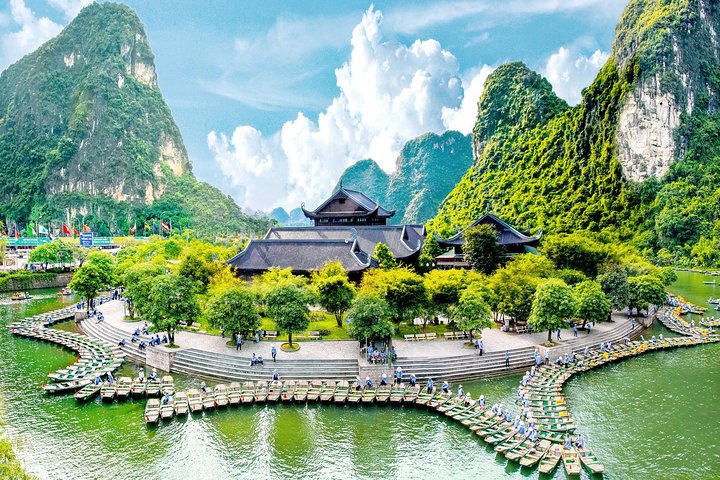
Nestled amidst the verdant landscapes of Ninh Binh Province in northern Vietnam, the Hoa Lu Ancient Capital unveils a remarkable chapter in the nation’s history. As the first imperial city of Vietnam, Hoa Lu served as the political and cultural center of the Dinh and Early Le dynasties from 968 to 1009 AD. Today, the remnants of this once-glorious capital stand as a testament to the resilience and ingenuity of Vietnam’s early rulers.
As you step into the Hoa Lu Ancient Capital, you’ll be transported back in time, surrounded by the vestiges of a once-thriving city. The remnants of the Dinh and Le temples, with their intricate carvings and serene courtyards, offer a glimpse into the architectural splendor of the era. Imagine the bustling streets, the royal court in session, and the vibrant life that once filled this sacred ground.
4. Chùa Bái Đính (Bai Dinh Temple)
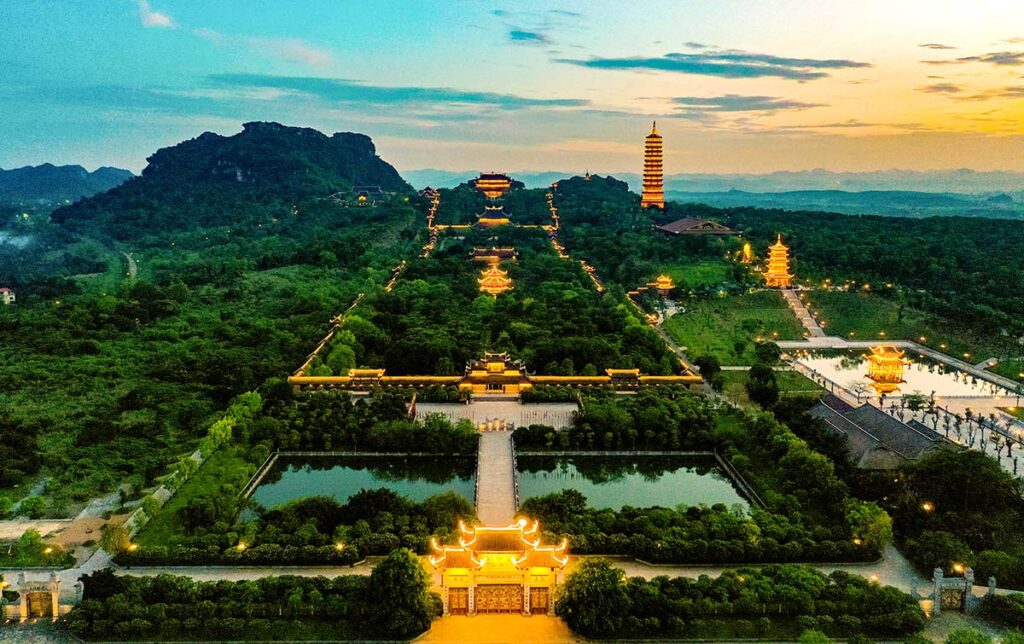
Bai Dinh Temple stands as a captivating spiritual sanctuary, a majestic complex of Buddhist temples that has earned its reputation as one of the largest and most revered in Southeast Asia. Its towering bronze statues, intricate architecture, and serene surroundings create an atmosphere of awe and tranquility, making it a must-visit destination for those seeking spiritual enlightenment and cultural immersion.
Bai Dinh Temple is a masterpiece of Vietnamese architecture, showcasing a harmonious blend of traditional and modern elements. Its three-tiered bell tower, symbolizing the Three Realms of Buddhism, stands as an iconic landmark, its harmonious proportions and intricate details captivating the eye. As you explore the temple’s various halls and courtyards, admire the intricate carvings, gilded statues, and serene landscapes that adorn every corner of the complex.
5. Vườn Quốc gia Cúc Phương (Cuc Phuong National Park)
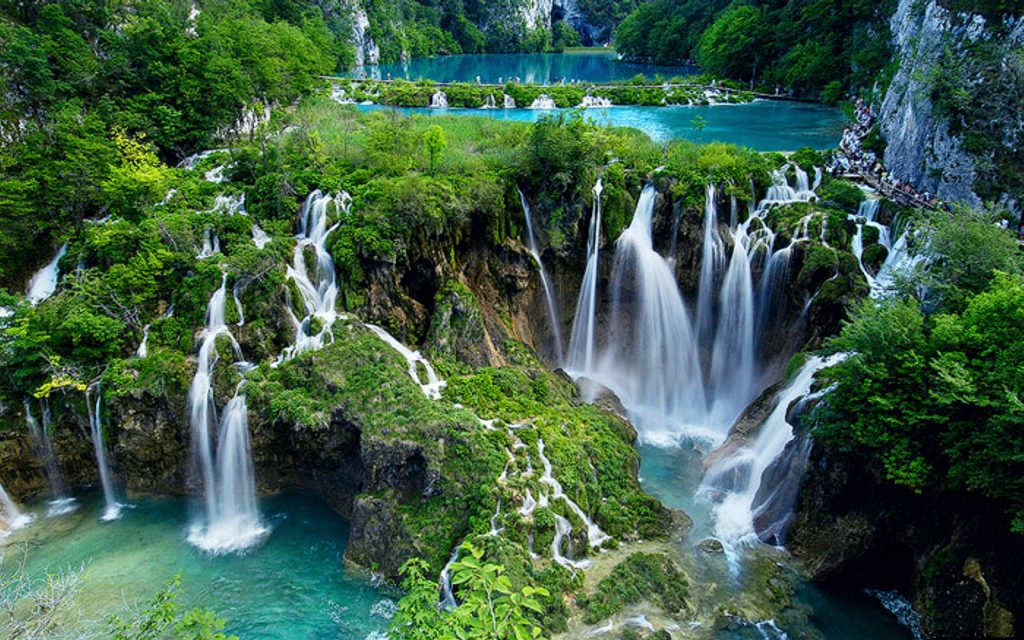
Established in 1962, Cuc Phuong boasts the distinction of being Vietnam’s oldest national park, and within its boundaries, a world of natural wonders and rich cultural heritage awaits discovery.
Cuc Phuong National Park is renowned for its breathtaking natural beauty, encompassing an expansive area of over 22,000 hectares. Over 600 species of plants, including ancient trees that have witnessed millennia of change, thrive within the park’s protective embrace. The park is also home to an impressive array of wildlife, including endangered primate species such as the Delacour’s langur, the black-faced spoonbill, and the pangolin.
Cuc Phuong National Park’s significance extends beyond its natural wonders, as it also holds a wealth of cultural heritage. Archaeological excavations have unearthed ancient artifacts and remnants of prehistoric human settlements, providing valuable insights into the region’s rich history. The park also houses the renowned Primate Rescue Center, dedicated to the conservation and rehabilitation of endangered primate species.
6. Hang Múa (Mua Cave)
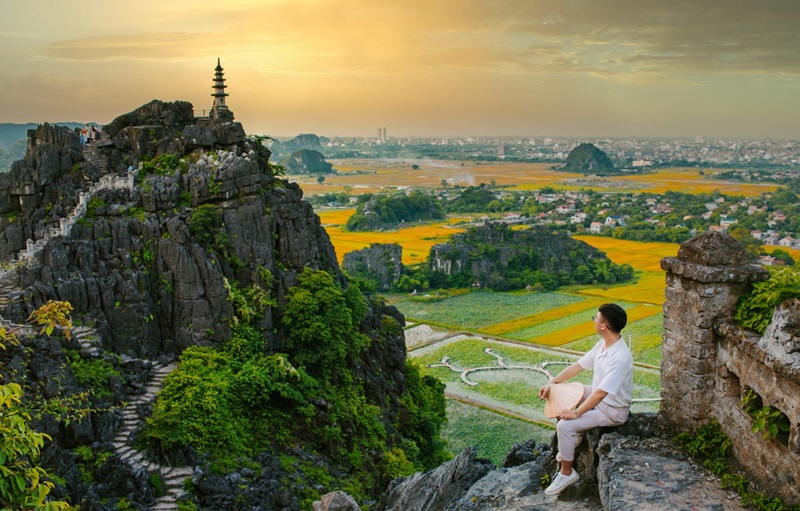
Perched atop Ngoa Long Mountain, the ascent to Mua Cave is an adventure in itself, a test of endurance and determination. Over 500 stone steps wind their way up Ngoa Long Mountain, each step revealing a new perspective of the surrounding countryside. As you climb, the lush greenery and towering limestone karsts provide a captivating backdrop, gradually revealing the breathtaking panorama that awaits at the summit.
Mua Cave is not just a natural wonder; it is also a site of cultural significance. Perched atop the mountain, a majestic Lying Dragon statue symbolizes prosperity and good fortune, its intricate carvings and imposing presence adding to the cave’s mystique. Legend has it that the dragon’s breath created the Ngo Dong River, further intertwining the cave’s natural beauty with the region’s rich folklore.
Food

Ốc Núi (Mountain Snails): It is a type of mountain snail that is found in Ninh Binh. It is a popular dish in the province and is often served as a snack or appetizer. Mountain Snails is steamed or boiled and served with a dipping sauce made from lemongrass, chili peppers, and garlic. It has a slightly sweet and nutty flavor.
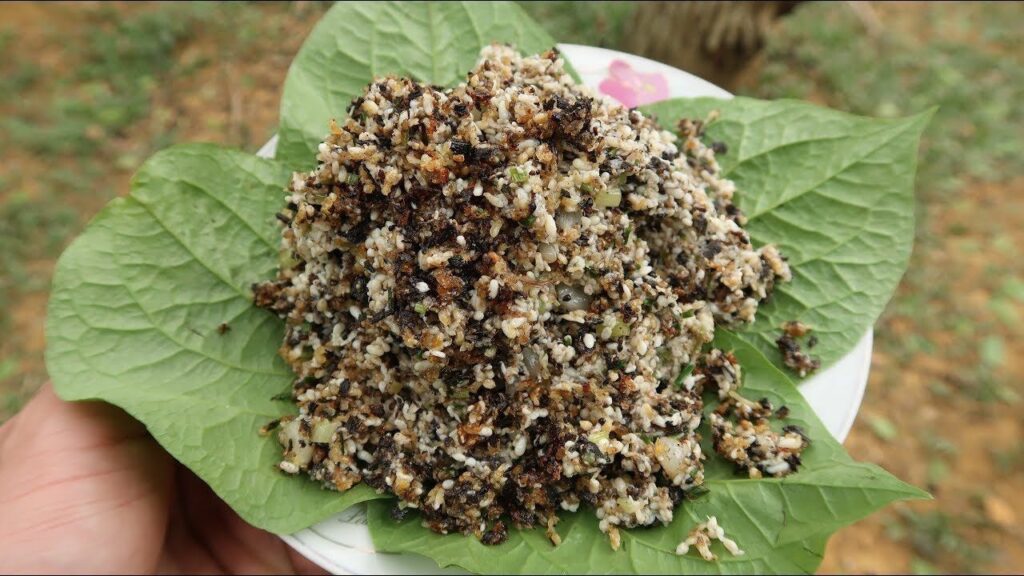
Xôi Trứng Kiến (Ants-egg Sticky Rice): Xoi Trung Kien is a type of sticky rice with red ant eggs. It is a popular dish in Ninh Binh and is often served as a breakfast or snack. Xoi Trung Kien is made by steaming sticky rice with red ant eggs and other spices. It has a slightly sweet and nutty flavor, and a slightly crunchy texture.
Accommodation
– Emeralda Resort Ninh Binh: A 5-star luxury resort located in the Van Long Nature Reserve, offering stunning views of the surrounding mountains and lakes.
– Tam Coc Garden Resort: A 4-star beautiful resort located in Tam Coc, surrounded by lush greenery and rice paddies.
– Aravinda Resort Ninh Binh: A 4-star boutique resort located in the Trang An Scenic Landscape Complex, offering a unique and luxurious experience.
– Ninh Binh Hidden Charm Hotel & Resort: A 4-star charming hotel located in Tam Coc, offering a peaceful and relaxing atmosphere.
Ninh Binh is a beautiful and historic province in Northern Vietnam. It is a great place to visit if you are looking for stunning scenery, interesting cultural attractions, and delicious food. If you plan to visit this beautiful place, don’t forget to apply Visa. With the easy and fast Visa procedures, you can travel to Vietnam at any time!